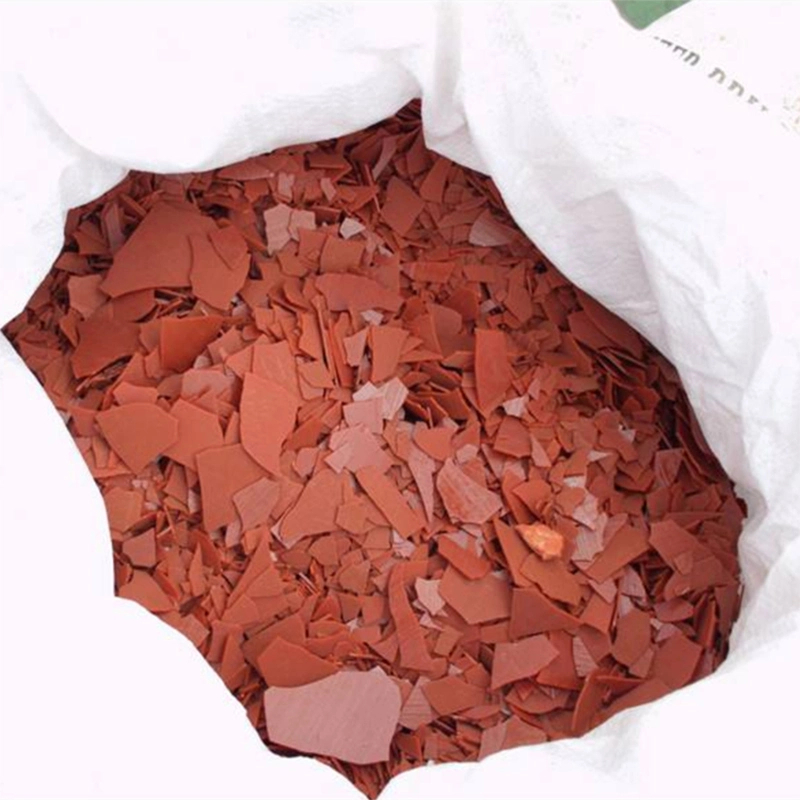



which of the following chemical is used to disinfect water
Disinfection of Water Key Chemicals Used in the Process
Water is essential for life, and ensuring its safety for consumption and use is a crucial public health concern. One of the primary methods for making water safe is disinfection, a process that eliminates or inactivates harmful microorganisms in water. Various chemical agents are employed to achieve effective disinfection, each with its own advantages, mechanisms, and potential drawbacks. In this article, we will explore some of the key chemicals used for water disinfection, including chlorine, chloramine, ozone, and ultraviolet (UV) light.
Chlorine The Historical Standard
Chlorine has been used for water disinfection since the early 20th century and remains one of the most widely used disinfectants worldwide. Chlorine is effective against a broad spectrum of pathogens, including bacteria, viruses, and protozoa. The chemical works by penetrating the cell walls of microorganisms and oxidizing essential cellular components, thus rendering them inactive and unable to reproduce.
One of the main advantages of chlorine is its residual activity; it remains in the water, providing ongoing protection against recontamination as water travels through pipes and distribution systems. However, the use of chlorine also has its downsides. It can react with organic matter in water, forming potentially harmful by-products known as trihalomethanes (THMs) and haloacetic acids (HAAs), which are classified as possible carcinogens. Thus, while chlorine is an effective disinfectant, its use necessitates careful management to minimize health risks.
Chloramine A Safer Alternative?
Chloramine, a compound formed by combining chlorine with ammonia, has gained popularity as an alternative to chlorine for water disinfection. Chloramine is less reactive than chlorine, which means it produces fewer undesirable by-products in treated water. Its slower reaction time makes it suitable for maintaining residual disinfectant levels in water systems over longer distances, reducing the risk of microbial regrowth.
Despite its benefits, chloramine is not without limitations. It is less effective than chlorine against certain pathogens, particularly protozoa such as Giardia and Cryptosporidium. Additionally, chloramine can cause issues for certain populations, such as those with kidney diseases, as it can be harmful to fish and aquatic life, making it essential to consider its use in various contexts thoughtfully.
which of the following chemical is used to disinfect water

Ozone A Potent Disinfectant
Ozone (O₃) is another powerful disinfectant used in water treatment processes, known for its ability to kill bacteria, viruses, and protozoa effectively. Ozone is a highly reactive molecule, and its disinfecting properties stem from its capacity to oxidize organic and inorganic contaminants. Unlike chlorine, ozone does not leave a chemical residual in water, which makes it an attractive option for applications requiring extremely high levels of disinfection.
The primary drawback of ozone is its instability, requiring the use of ozone generators on-site for water treatment. Furthermore, the formation of by-products is a concern, especially when treating water containing organics. Therefore, careful monitoring and control systems are necessary to ensure water quality while using ozone as a disinfectant.
Ultraviolet (UV) Light A Chemical-Free Approach
Ultraviolet (UV) light disinfection is a physical method that employs UV radiation to inactivate microorganisms. The mode of action involves the absorption of UV light by microbial DNA, preventing replication and leading to cell death. UV disinfection does not introduce any chemicals into the water, making it a highly appealing option for many treatment facilities.
One significant advantage of UV disinfection is its effectiveness against a wide range of pathogens, including chlorine-resistant microorganisms such as Cryptosporidium and Giardia. On the downside, UV light does not provide residual disinfection; therefore, additional methodologies must be employed to protect water as it travels through distribution networks.
Conclusion
In conclusion, the disinfection of water is a fundamental step in ensuring public health and safety. The various chemicals available – including chlorine, chloramine, ozone, and UV light – each offer unique advantages and drawbacks. The choice of disinfectant depends on specific water quality requirements, regulatory standards, and the distinct characteristics of the water source. As we advance in understanding water treatment technologies, it is essential to continue evaluating and optimizing these methods to ensure the delivery of safe drinking water to communities around the world.
-
Why Sodium Persulfate Is Everywhere NowNewsJul.07,2025
-
Why Polyacrylamide Is in High DemandNewsJul.07,2025
-
Understanding Paint Chemicals and Their ApplicationsNewsJul.07,2025
-
Smart Use Of Mining ChemicalsNewsJul.07,2025
-
Practical Uses of Potassium MonopersulfateNewsJul.07,2025
-
Agrochemicals In Real FarmingNewsJul.07,2025
-
Sodium Chlorite Hot UsesNewsJul.01,2025










